I am following the tutorial here.
Q1: Why in the final application do we clear all states and delete timer whenever flagState = true regardless of the current transaction amount? I refer to this part of the code:
// Check if the flag is set
if (lastTransactionWasSmall != null) {
if (transaction.getAmount() > LARGE_AMOUNT) {
//Output an alert downstream
Alert alert = new Alert();
alert.setId(transaction.getAccountId());
collector.collect(alert);
}
// Clean up our state [WHY HERE?]
cleanUp(context);
}
If the datastream for a transaction was 0.5, 10, 600, then flagState would be set for 0.5 then cleared for 10. So for 600, we skip the code block above and don't check for large amount. But if 0.5 and 600 transactions occurred within a minute, we should have sent an alert but we didn't.
Q2: Why do we use processing time to determine whether two transactions are 1 minute apart? The transaction class has a timeStamp field so isn't it better to use event time? Since processing time will be affected by the speed of the application, so two transactions with event times within 1 minute of each other could be processed > 1 minute apart due to lag.
